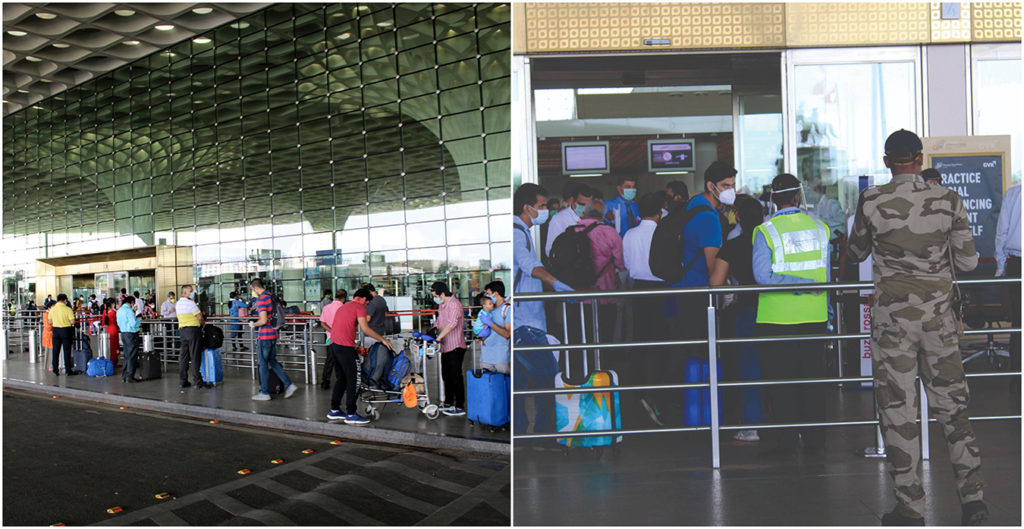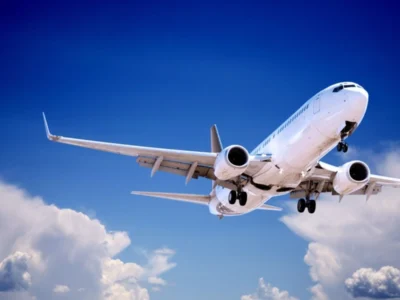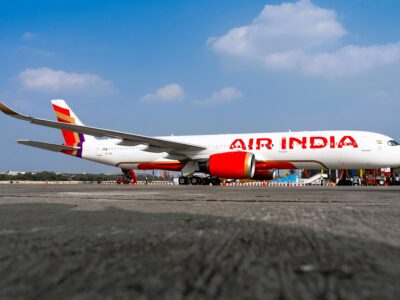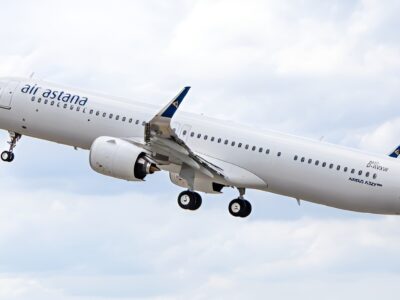
IATA predicts that nearly 46 million jobs are at risk, as most airlines keep shedding employees
Even as tourism, domestic as well as international, in many countries has resumed, airlines across the world continue to bleed in an unprecedented manner, losing billions of dollars every month almost a year after the coronavirus pandemic began afflicting the globe.
According to the International Civil Aviation Organisation (ICAO), a global inter-governmental body for the aviation industry, since the beginning of the year, global airlines have stacked up record losses of USD 340 billion in terms of revenues, with the world’s biggest market Asia registering the biggest losses of USD 111 billion, followed by Europe at USD 99 billion, North America at USD 76 billion.
Though the losses per month, at a global level, have dropped sharply from about USD 44 billion in April to USD 31 billion in November, the situation of the airlines has become ever more critical with each passing day as the passenger loads continue to languish way below what they need just to achieve operational breakeven.
After a slow recognition of the trouble in the skies, the governments across the world, with the exception of India, have opened up their purses and disbursed about USD 180 billion in cash aid to their carriers, but for many aviation firms, the need is of an entirely different order and which may prove to be beyond at least some of the governments.
International Air Transport Association (IATA) predicted in July that airlines are set to lose USD 300,000 a minute throughout the second half of 2020 and that the governments would need to hand out hundreds of billions more to save most of the airlines and the millions of jobs that depend on airlines and air transport.
Though the figures keep evolving, IATA predicts that nearly 46 million jobs are at risk, as most airlines keep shedding employees. The Air Transport Action Group (ATAG), a Geneva-based lobby group of aviation industry organisations, says that nearly half of 88 million jobs in aviation could be lost at least temporarily and that the industry is unlikely to recover to its pre-pandemic levels for another four years.
Some others expect the situation to continue to worsen for the next few months as most large markets, including Europe, United States, China and India continue to remain under the attack of the virus. Jobs lost at airlines and other parts of aviation industry could number close to five million in January 2021, bringing it to the level of 57 pc of employment that existed before the pandemic. In association sectors such as tourism and companies that are vendors of goods and services to aviation industry, another 26 million jobs could go in the year ahead.
According to the OECD, a developed countries lobby group, the enormity of the shock has put the liquidity buffers of airlines under pressure, even if about half of its costs are variable as fuel accounts for close to 25 pc of an airline’s total operational costs. The OECD says that the airlines continue to face uncertainties in the mid-term, namely the cost of health-related measures as well as the shape of recovery of commercial flights.
The airlines are already facing the added burden of additional health and safety requirements such as disinfection, PPE, temperature checks or viral tests, before they can be passed on to consumers. Moreover, commercial traffic remains fragile, notably at the international level. The OECD says that even though the rebound of domestic flights in China is a sign that air traffic may revert to pre-crisis levels, a permanent drop in demand from pre-crisis levels cannot be excluded, either through modal shifts in services trade such as using video-conferencing instead of business travel or, to a lesser extent, through substitution with other modes of transport like high-speed trains.
Indeed, few experts have been brave enough to forecast a rapid return of the aviation business to its pre-Covid levels. Most predictions are that the airlines will continue to feel the impact of the pandemic at least till the end of the year 2021. As the crisis lingers, governments may resort more to equity injections. IATA says that the debt levels of airline companies could increase by as much as 28 pc this year and without any fresh equity injection, it would significantly affect their capacity to finance new investments and, for some firms, affect their solvency.
So far, according to travel data company, Cirium, 43 commercial airlines have failed since January. Experts say without government intervention and support, there would have been many more bankruptcies within the first six months of the year.

Weak passenger demand has led to billions of dollars of losses for airlines globally
“Even with an effective testing regime in place, we are cautious about the extent to which this can quickly boost air travel. We assume vaccines to be deployed in the second half of 2021, but it looks likely that there will be production and distribution challenges that mean it will only be in late 2021 and in 2022 when air travel rises back substantially. On this basis we don’t expect 2019 levels to be regained until around 2024. We should also acknowledge the huge amount of uncertainty over virus behaviour, vaccine effectiveness and government responses,” says Cirium.
As a result, the experts believe that airlines as a whole will continue to burn through their cash balances during 2021 and certainly during the first half of the year. This is on top of the cash burn of around USD 50 billion in Q2 2020 and which dipped only marginally in Q3. “Next year we are projecting a further USD 60-70 billion of cash burn, as airlines struggle to restructure costs to match the halved revenues the industry faces,” says an expert.
Pessimism pervades
Over the year, Cirium conducted several surveys with 850 aviation professionals around the globe on how they saw the situation and notably the recovery. The results are anything but positive as the situation seems to have deteriorated continuously since April, when the first such survey was conducted. “Clearly, as the pandemic has evolved, our outlook has become increasingly pessimistic. Today, around 1 pc expect global passenger levels to recover to 2019 levels in 2021, back in late July, 6 pc voted for that. Only 2 pc now expect it will be 2022, down from 11 pc in July,” says Cirium, adding that 8 pc respondents think it will be 2023, as against 48 pc in July and more than half of industry professionals polled now expect that recovery will not happen until 2024 or later, as against 24 pc in July.
Even though there is a little bit of positivity, and airlines have moved into recovery phase, but the pace of that recovery varies by region and market with China, of course, leading with others lagging significantly, including the rest of Asia Pacific. However, with the repeated waves of the pandemic the fate of the industry at a global level remains as uncertain as it was in April.
Though there is a trickle of overseas travel, mainly of students and those visiting families and friends and an even smaller flow of business travellers, a steady recovery is unlikely until the end of first quarter of 2021 and that, too, if the vaccines prove to be efficient not just against the pandemic, but also against its various mutations that may come into being in the months to come.
IATA says that in order to stop the bloodshed in the skies, governments need to extend support in ensuring that the costs for the airlines as well as for the flyers remain under control in 2021. These include reducing charges such as airport slots, parking charges, airport travellers’ tax as well as taxes on aviation fuel. IATA has also asked the governments to bear the costs of Covid testing and other increased costs incurred by the airlines to meet the safety norms set by the governments, such as frequent disinfection of the aircraft as well as distribution of masks, PPE suits and sanitisers to the crew and passengers.
At a time when the airlines around the world have cut their costs to the bone but are still losing a lot of money everyday, it is crucial for their survival that no additional costs are incurred by them until the immediate impact of the pandemic-induced crisis wears off.





















